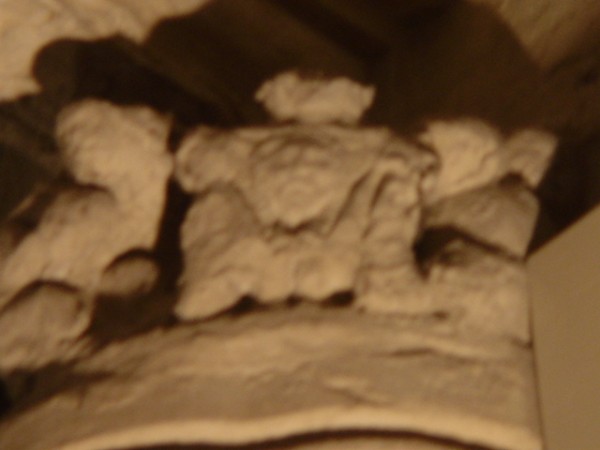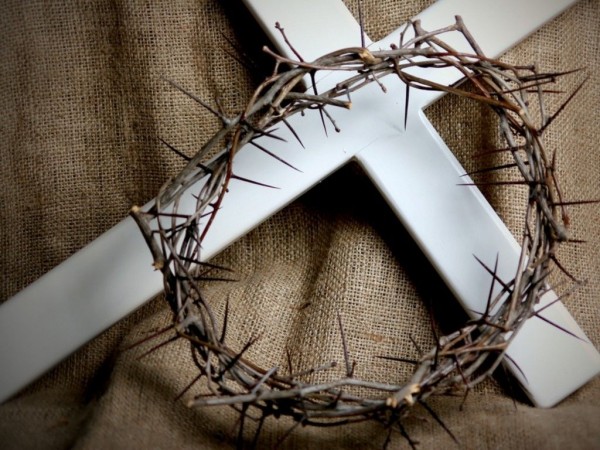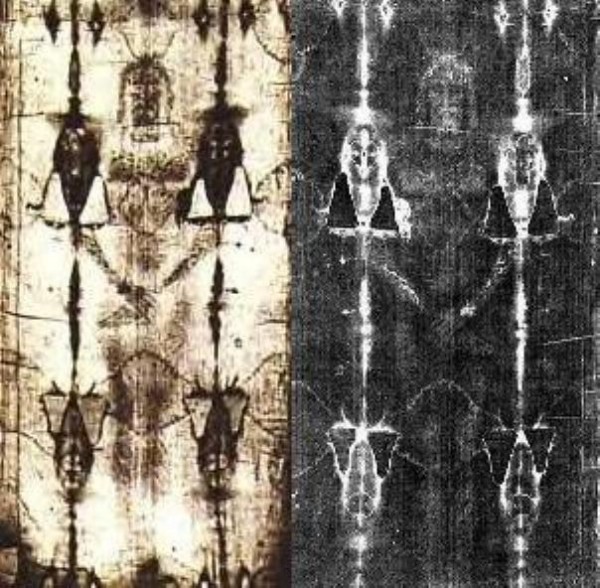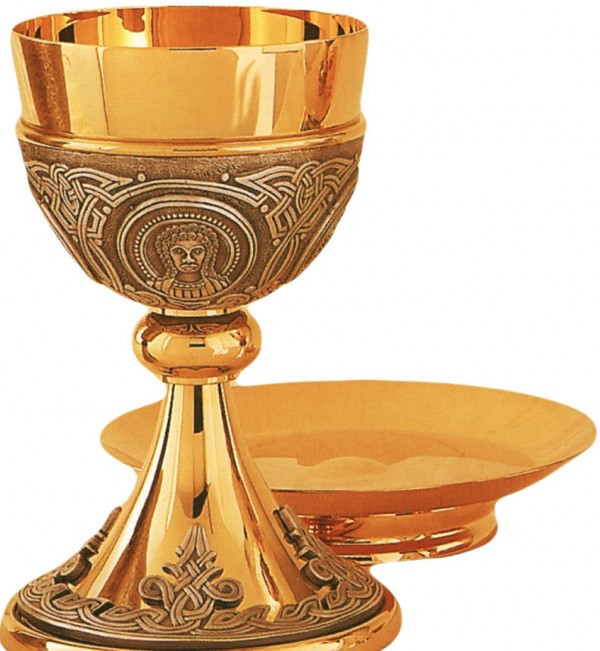5. Mandylion

Image Source
The Image of Edessa, as known as the Mandylion, was allegedly sent by Jesus himself to King Abgar V of Edessa to cure him of leprosy, with a letter declining an invitation to visit the king. The story of this image is the product of centuries of development during which the image was lost and reappeared several times. Today two images claim to be the Mandylion, one is the Holy Face of Genoa at the Church of St Bartholomew of The Armenians in Genoa, the other the Holy Face of San Silvestro, kept in the Church of San Silvestro in Capite in Rome up to 1870 now in the Matilda Chapel of the Vatican Palace, The theory that the object venerated as the Mandylion from the sixth to the thirteenth centuries was in fact the Shroud of Turin has been the subject of debate, but is now mostly rejected as a hypothesis.
4. Crown of Thorns

Image Source
Saint John tells that, in the night between Maundy Thursday and Good Friday, Roman soldiers mocked Christ and his Sovereignty by placing a thorny crown on his head (John 19:12). The crown housed in the Paris cathedral is a circle of canes bundled together and held by gold threads. The thorns were attached to this braided circle, which measures 21 centimetres in diameter. The thorns were divided up over the centuries by the Byzantine emperors and the Kings of France. There are seventy, all of the same type, which have been confirmed as the original thorns. The relics of the Passion presented at Notre-Dame de Paris include a piece of the Cross, which had been kept in Rome and delivered by Saint Helen, the mother of Emperor Constantine, a nail of the Passion and the Holy Crown of Thorns. Of these relics, the Crown of Thorns is without a doubt the most precious and the most revered. Despite numerous studies and historical and scientific research efforts, its authenticity cannot be certified. It has been the object of more than sixteen centuries of fervent Christian prayer.
3. The True Cross

Image Source
In the Christian tradition, the True Cross refers to the actual cross used in the Crucifixion of Jesus. Today, many fragments of wood are claimed as True Cross relics, but in most cases it is hard to establish their authenticity. The spread of the story of the fourth century discovery of the True Cross was partly due to its inclusion in 1260 in Jacopo de Voragine’s very popular book The Golden Legend, which also included other tales such as Saint George and the Dragon. Pieces of the purported True Cross, including the half of the INRI inscription tablet, are preserved at the ancient basilica Santa Croce in Gerusalemme in Rome. Very small pieces or particles of the True Cross are reportedly preserved in hundreds of other churches in Europe and inside crucifixes. Their authenticity is not accepted universally by those of the Christian faith and the accuracy of the reports surrounding the discovery of the True Cross is questioned by many Christians.
2. Shroud of Turin

Image Source
The Shroud of Turin is the best-known relic of Jesus and one of, if not the, most studied artifacts in human history. Believers contend that the shroud is the cloth placed on the body of Jesus Christ at the time of his burial, and that the face image is the Holy Face of Jesus. Detractors contend that the artifact postdates the Crucifixion of Jesus by more than a millennium. Both sides of the argument use science and historical documents to make their case. The striking negative image was first observed on the evening of May 28, 1898, on the reverse photographic plate of amateur photographer Secondo Pia, who was allowed to photograph it while it was being exhibited in the Turin Cathedral. The Catholic Church has neither formally endorsed or rejected the shroud, but in 1958 Pope Pius XII approved of the image in association with the Roman Catholic devotion to the Holy Face of Jesus.
1. Holy Grail

Image Source
The Holy Grail is a sacred object figuring in literature and certain Christian traditions, most often identified with the dish, plate, or cup used by Jesus at the Last Supper and said to possess miraculous powers. The connection of Joseph of Arimathea with the Grail legend dates from Robert de Boron’s Joseph d’Arimathie (late 12th century) in which Joseph receives the Grail from an apparition of Jesus and sends it with his followers to Great Britain; building upon this theme, later writers recounted how Joseph used the Grail to catch Christ’s blood while interring him and that in Britain he founded a line of guardians to keep it safe. The quest for the Holy Grail makes up an important segment of the Arthurian cycle, appearing first in works by Chrétien de Troyes. The legend may combine Christian lore with a Celtic myth of a cauldron endowed with special powers. The Grail legend’s development has been traced in detail by cultural historians: It is a legend which first came together in the form of written romances, deriving perhaps from some pre-Christian folklore hints, in the later 12th and early 13th centuries. The early Grail romances centred on Percival and were woven into the more general Arthurian fabric. Some of the Grail legend is interwoven with legends of the Holy Chalice. The work of Leonardo da vinci presents the holy grail as derivative of sangreal literally meaning holy blood i.e blood lineage of Jesus with his alleged wife Mary Magdalene which has been kept hidden upto date.